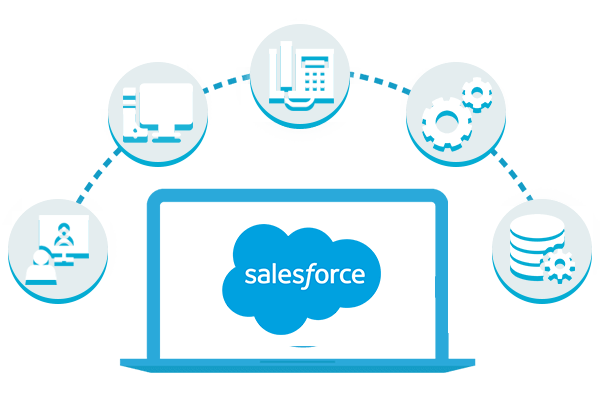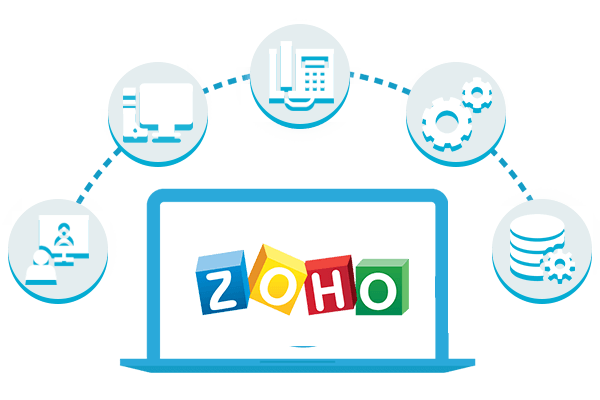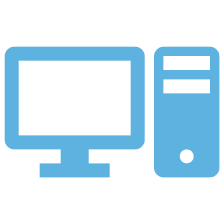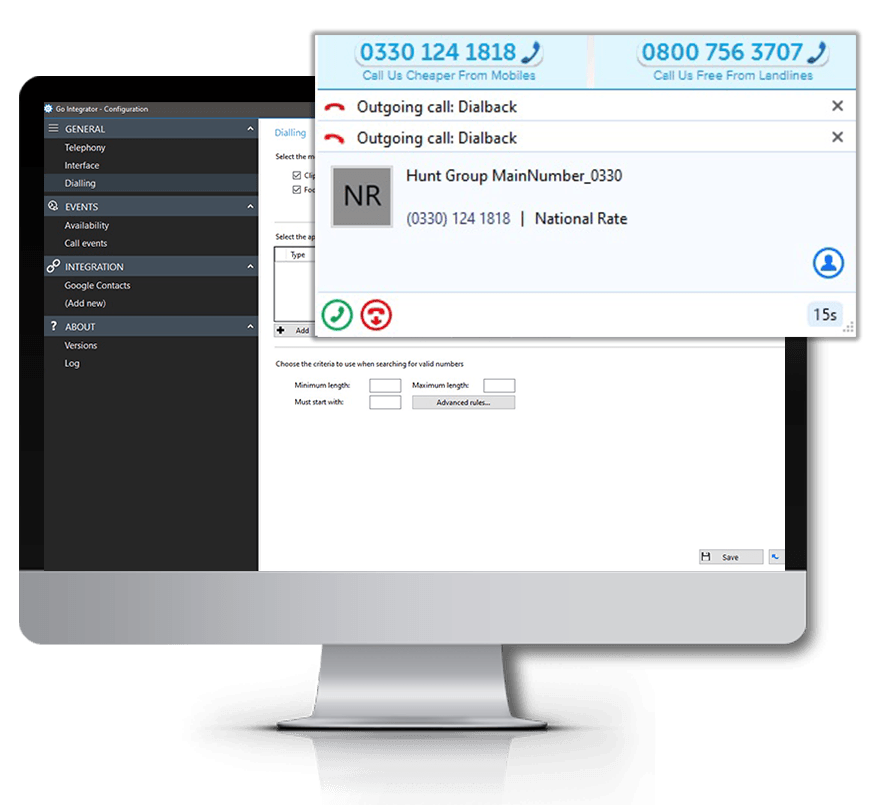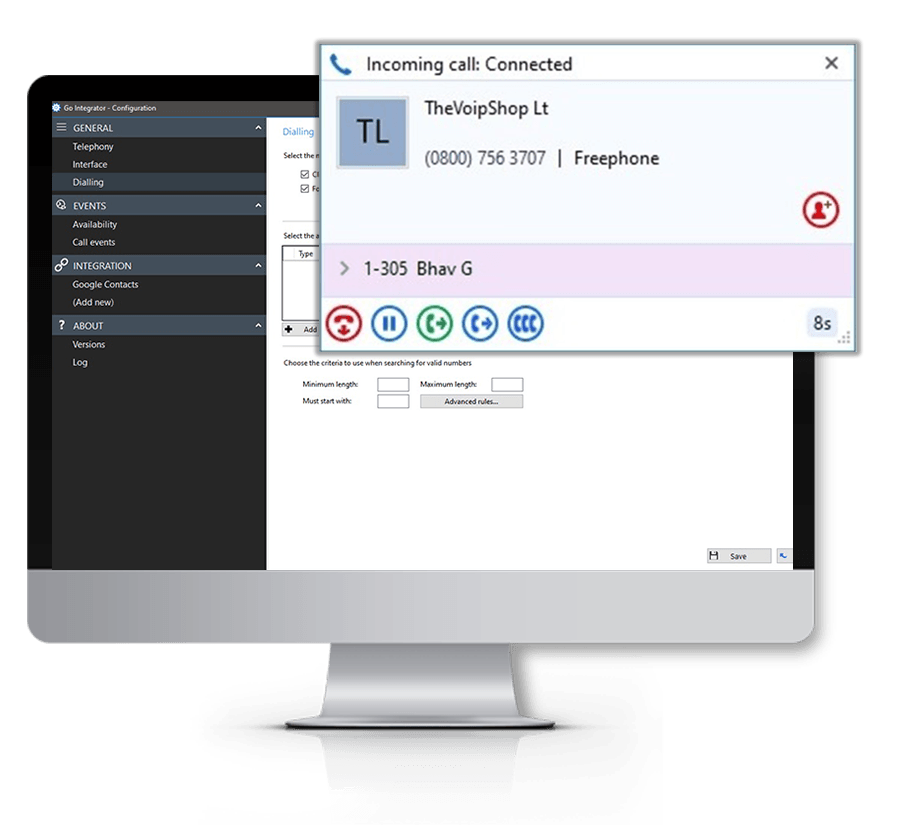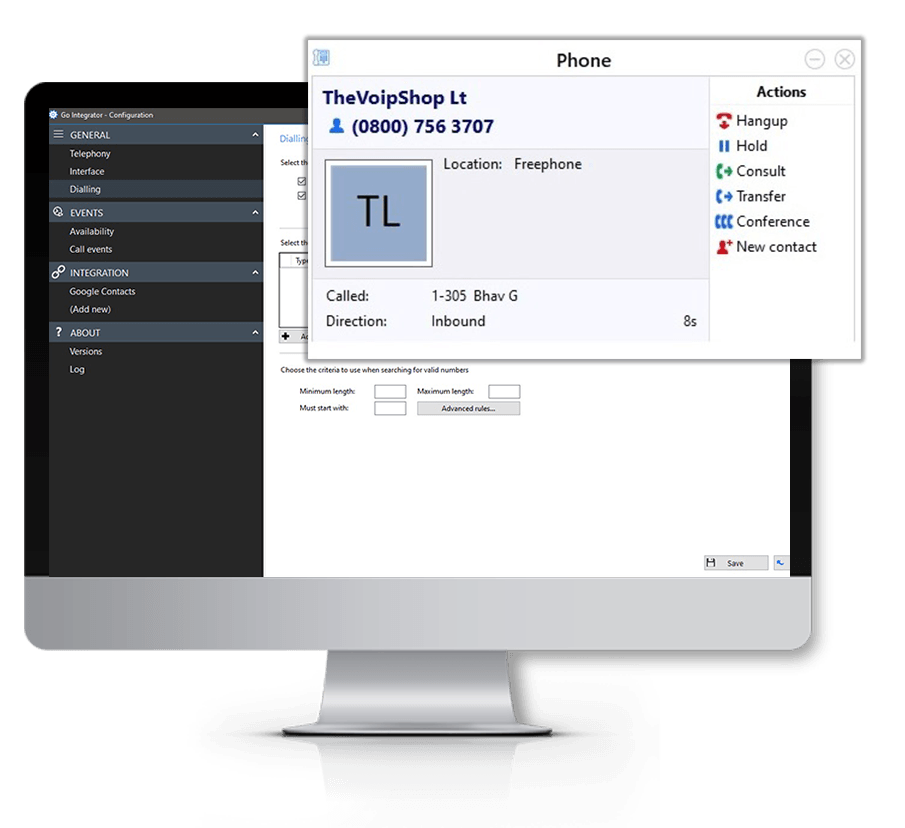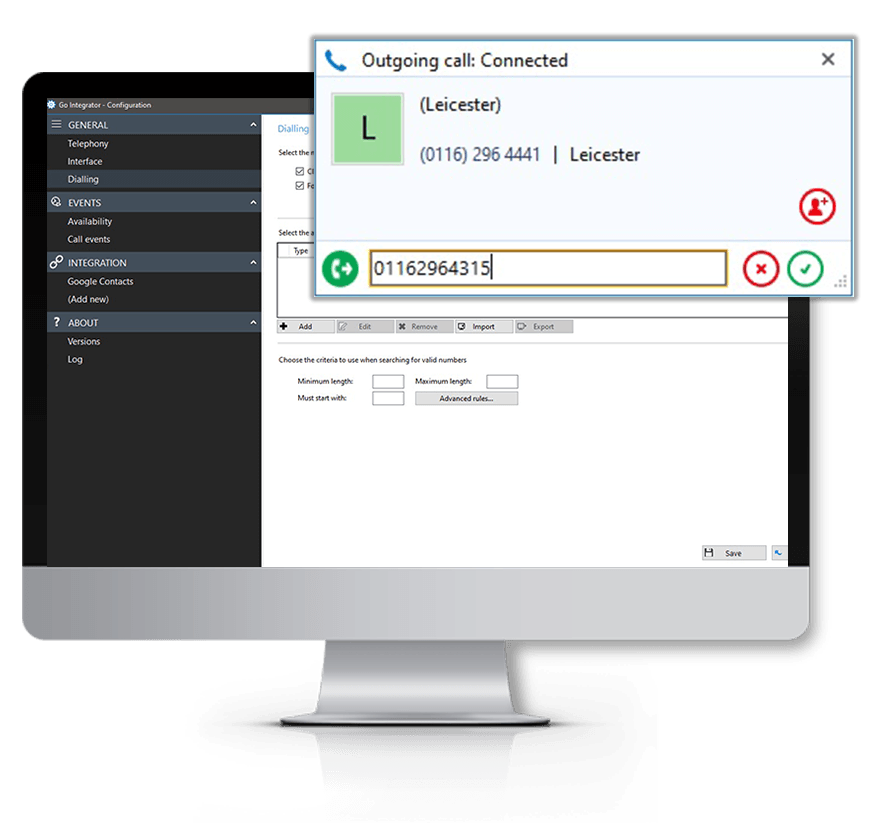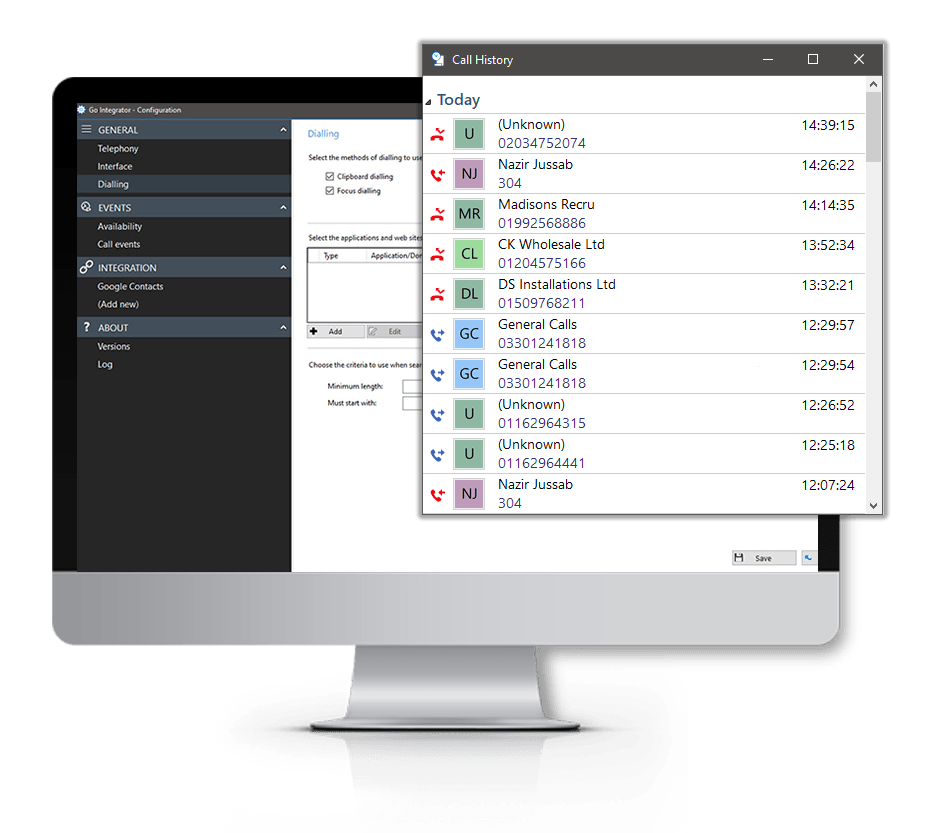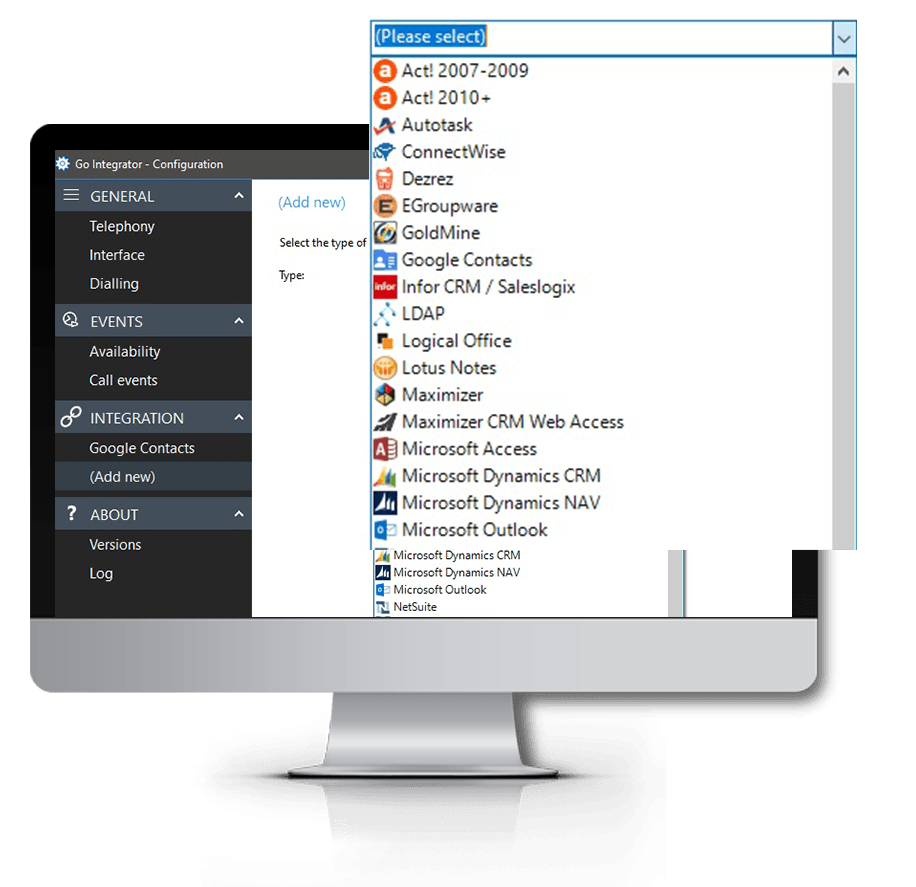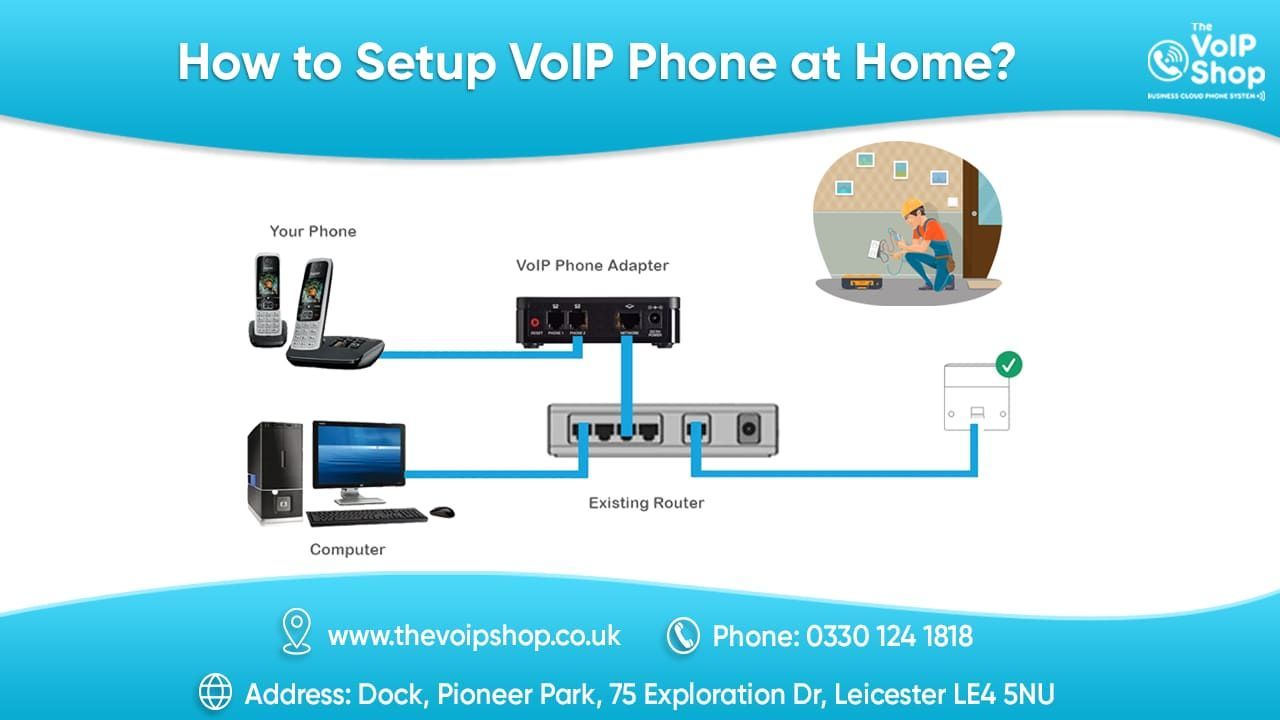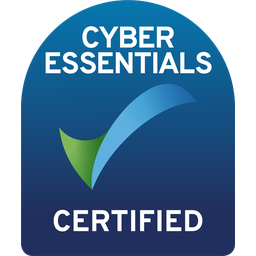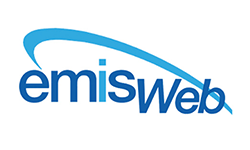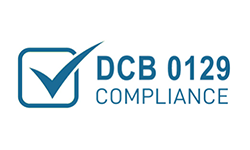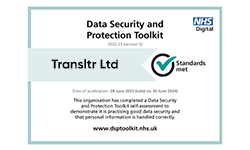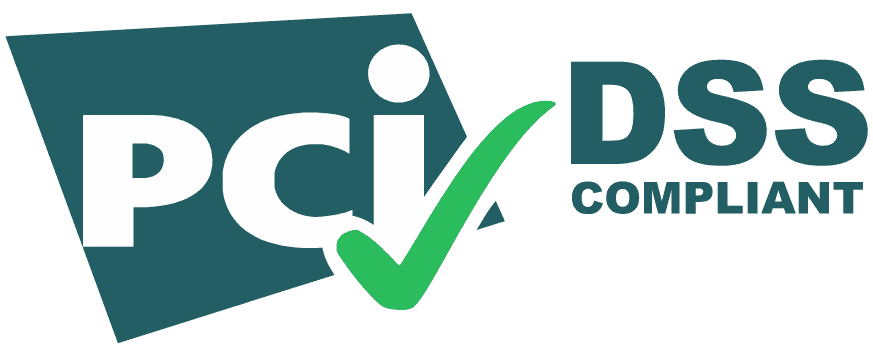VoIP CRM Integration
Integrating VoIP with your CRM system is a game-changer for your business. By seamlessly pulling data from your CRM application, your team can access all the necessary information instantly, empowering them to provide a more personalised and efficient service to customers. This not only streamlines the calling process but also enhances productivity by eliminating the need to juggle multiple systems for essential data. With this integration, your team can focus on what truly matters - building relationships and closing deals.
Cloud Phone System Integration with CRM
The Voip Shop can connect your CRM and business applications with your phone system in one platform. So your employees can be more efficient, more productive and better serve your customers in real time.
CRM Connect is an application for Windows desktop that provides powerful integration with dozens of leading Customer Relationship Management applications. Originate and manage calls directly from applications and automatically display rich CRM information for calls.
What is CRM Integration?
CRM integration is the process of linking your CRM to a third party system. This allows you to control and monitor your company's data from one system, which leads to higher productivity, better customer service, and more profits.
CRM integration with third party like Salesforce can help you to improve productivity, allowing your employees to access important data from one system.Provide more customer service by being able to cross-check information for accuracy.Increase profits by identifying trends and using them to make better decisions and run a more profitable business.
How Does VoIP CRM Integration Work?
VoIP (Voice over Internet Protocol) CRM (Customer Relationship Management) integration allows businesses to seamlessly connect their phone system with their CRM software. This integration provides several benefits:
1. Automatic call logging: When a customer calls, their information is automatically pulled from the CRM and displayed on the agent's screen, allowing them to have immediate access to the customer's history and context.
2. Click-to-call: Agents can click on a phone number within the CRM to instantly initiate a call, improving productivity and reducing manual dialing.
3. Call recording and analytics: VoIP-CRM integration enables call recording and detailed analytics, allowing businesses to monitor agent performance, customer interactions, and identify areas for improvement.
4. Intelligent call routing: Calls can be automatically routed to the appropriate agent or department based on the customer's information in the CRM, enhancing the customer experience.
5. Unified communication: VoIP-CRM integration consolidates all customer communication channels, such as phone, email, and chat, into a single platform, providing a comprehensive view of the customer's interactions.
This integration streamlines the customer service process, increases agent productivity, and provides valuable insights to help businesses better understand and serve their customers.

Choosing the Best VoIP CRM Solution for Your Business
VoIP CRM integration is a solution that will help you manage your communications and customer relationships. It is a great way to improve the customer experience and save time on administrative tasks.
Choosing the best VoIP CRM solution for your business can be quite challenging. The first step in choosing a VoIP CRM solution is to decide which industry you are in or what kind of service you offer. For example, if you are in the food industry, then you may want to look at Sprout Social or Tableau Public. If you are a consultant or an attorney, then Salesforce might be best for you. While there are many options available when it comes to VoIP CRM solutions
Available as a Windows desktop installation, CRM Connect allows you to offer unique CRM solutions that are tightly integrated with market leading communications services.
Advanced call control from within CRM applications
Salesforce CRM Integration
Zoho CRM Integration
Office 365 CRM Integration
Bespoke CRM Integration: Tailored Solutions for Your Business
Seamless Integration with
Any CRM
At The VoIP Shop, we specialize in providing bespoke CRM integration solutions. Whether you're using a popular CRM or a custom-built system, we have the capability to integrate it seamlessly with your phone system. Our solutions are designed to meet the unique needs of your business, enhancing efficiency and improving customer interactions.
Our In-House Technical Engineers
Our skilled in-house technical engineers are experts in CRM integration. They work closely with you to ensure that your phone system integrates perfectly with your CRM. We focus on making the process smooth, reliable, and efficient, so you can concentrate on what matters most – your business.
Do You Have a CRM? We Can Integrate It!
Do you already have a CRM in place? No problem! Our phone system is fully capable of integrating with any CRM, providing you with a seamless communication solution. Whether you're using an off-the-shelf CRM or a bespoke one, our team will ensure that your integration is hassle-free and fully optimized.
Find out More
FAQs
Answers to some of our most commonly asked VoIP CRM Integration questions…




